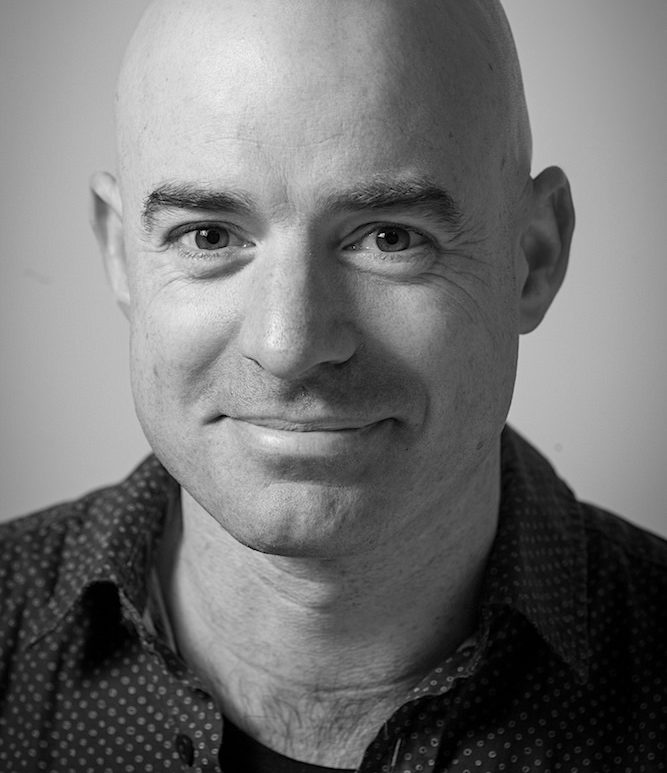The i paper 10th March 2024
Give a man a fish and you feed him for a day; teach a man to fish and you feed him for a lifetime. Today, we would need to add to this proverb: teach a man to farm fish and you feed billions.
Fish are a source of vital nutrition for people around the world. Some communities are entirely dependent on fishing for their livelihoods, a practice that is much older than civilisation. Such has been the rise of aquaculture, today over half of all fish eaten comes from fish farms. In 2020, global aquaculture production hit a record 122.6 million tonnes
Mass death events in salmon farms give an insight into some of the horrific consequences of industrialised fish farming. Around 70 per cent of salmon consumed by humans are raised in fish farms. Recent research has identified a significant increase in mass death events in salmon farms in the major producing nations of Norway, Canada, and UK. Last year, 17 million farmed salmon died in Scotland, the most ever recorded, while Norway estimates 17 per cent of all their farmed salmon suddenly died. Over the past decade, hundreds of millions of these farmed fish have died. What is going on?
A common factor appears to be climate change. We typically think of heatwaves as being about high land temperatures, but extreme temperatures also affect the oceans and right now many of the seas in which salmon are farmed are reporting record-breaking temperatures. Warmer water can decrease available oxygen and promote algal blooms. These can be the final nail in the coffin for fish that can be subject to chronic infestation of lice, and riddled with diseases given the very close proximity the fish are forced into. The research also identified a much more subtle factor behind the increase in mass death events – technology. Farms are expanding into seas further away from the coast. To avoid the time and expense of having people travel to and from these farms for monitoring, drones and remote cameras are deployed instead. Unfortunately, it appears that this technology may miss subtle but important signs of fish stress and other indicators that something very bad is about to happen.
Technology is also involved in the slaughter of farmed salmon. This is necessary given the vast numbers of fish raised in modern salmon farms. Large vessels hoover up salmon for harvesting which are then fed into a system that strikes them in the head with a blunt metal object before their gills are slit. The motivation is to render the fish unconscious before they bleed to death. There is a delicate balance between not striking them hard enough so that they are still awake when they are processed though the rotating blades, and not so hard that their eyes prolapse. Consumers do not like to see fish with bulging bloodshot eyes or heads caved in.
Given that no process can be 100 per cent effective, and that in the UK alone some 77 million salmon are slaughtered each year, it is very likely that a considerable number of salmon are conscious while they bleed out. Biologists have long known that fish feel pain as they have a nervous system, that like other vertebrates, releases endorphins as a way to reduce pain. Thinking about the suffering millions of animals experience while they are farmed and then killed may put you off that next piece of salmon sushi. Or perhaps you have read the research that showed a 248-fold increase in parasitic fish worms over the past 40 years.
It is worth pointing out that wild-caught fish have typically a much more unpleasant end. They die by their internal organs rupturing as they are suddenly dragged up from deep waters, being crushed by nets or the sheer weight of fish above them once landed, slowly suffocating, being frozen, or live dissection. There are no attempts at rendering them unconscious. What this means is that each year, somewhere between one to two trillion sentient creatures are effectively tortured to death through fishing. It’s hard to imagine that amount of suffering. It’s even harder to think about being in some way responsible for it.
Mass mortality events in salmon farms are telling us something is profoundly wrong with the way we raise these animals for our consumption. We could also consider how we treat the vast numbers of other fish and animals that we eat. It’s impossible to see how all of humanity could stop consuming animals anytime soon. But that doesn’t change the simple argument that reducing their suffering, is something worth doing

